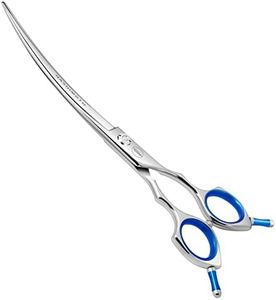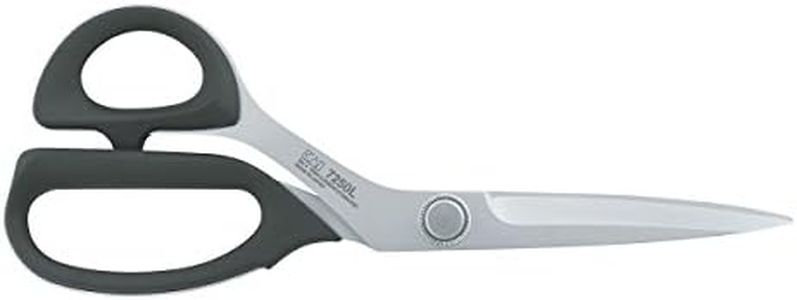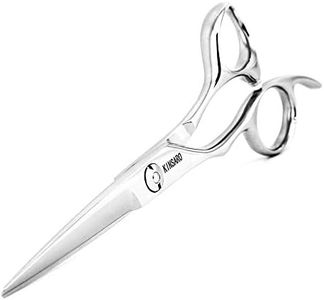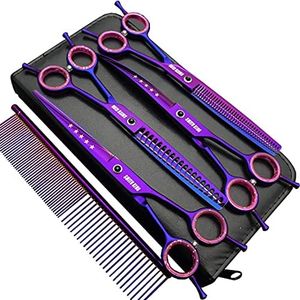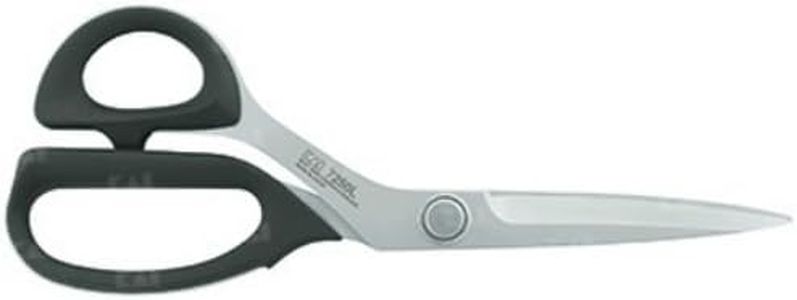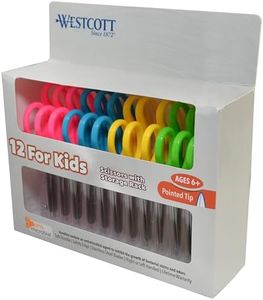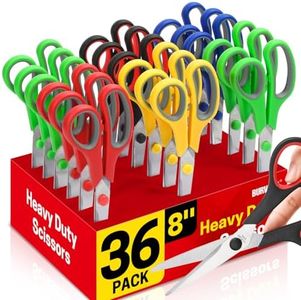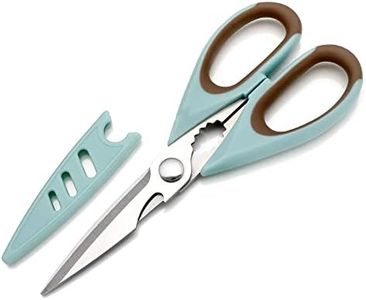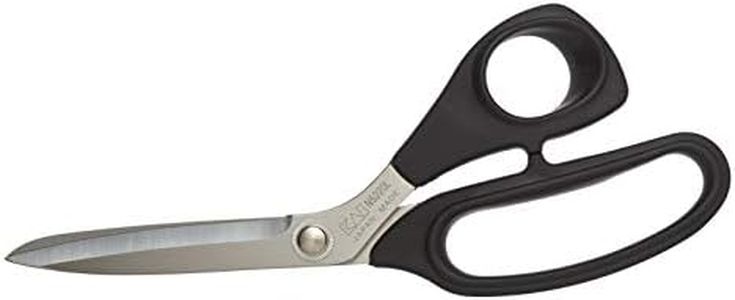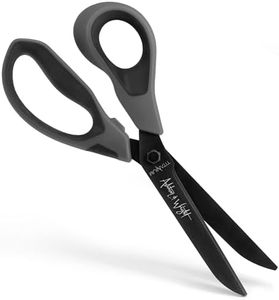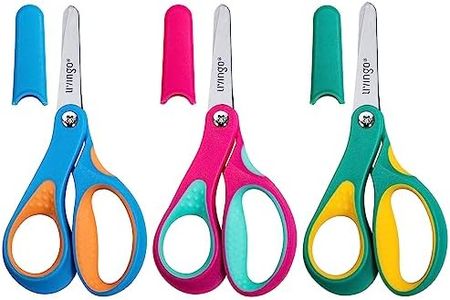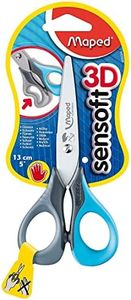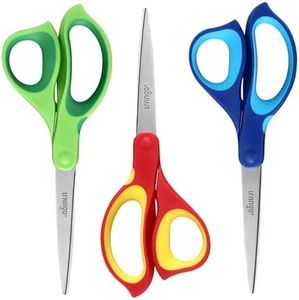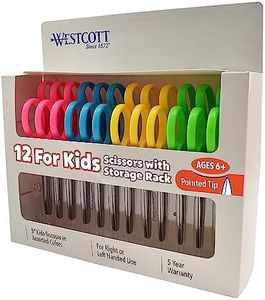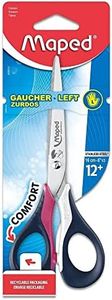We Use CookiesWe use cookies to enhance the security, performance,
functionality and for analytical and promotional activities. By continuing to browse this site you
are agreeing to our privacy policy
10 Best Left Handed Scissors
From leading brands and best sellers available on the web.Buying Guide for the Best Left Handed Scissors
Choosing the right left-handed scissors is crucial for comfort, efficiency, and safety, especially for those who use scissors frequently. Unlike regular scissors, left-handed ones are specially designed so the blades align and operate naturally in your left hand, helping you cut more easily without strain. It's important to look past simply flipping scissors in the opposite hand—true left-handed scissors can make a big difference in your experience. Knowing what features to look for will help you select a pair that truly meets your needs and feels good to use.Blade OrientationBlade orientation refers to how the blades are aligned and which blade is on top when you hold the scissors in your hand. In true left-handed scissors, the top blade is on the left, which makes it easier for a left-hander to see their cutting line and apply proper pressure, resulting in cleaner cuts. Right-hander scissors used in the left hand can force blades apart, leading to awkward, jagged cuts. When shopping, ensure that blades are 'left-handed' and not just labeled as 'ambidextrous,' since blade orientation makes a significant difference for comfort and effectiveness.
Handle DesignHandle design refers to the shape, size, and ergonomics of the scissor grips. Left-handed scissors are shaped so that your fingers and thumb fit naturally, supporting comfortable cutting motions and reducing strain. Handles may be symmetrical or asymmetrical, with the larger loop typically for fingers and the smaller for the thumb; left-handed models reverse this from right-handed versions. For optimal comfort, make sure the handles suit your left hand and match the intended user’s hand size, whether it’s for children or adults.
Blade MaterialBlade material determines how sharp, durable, and rust-resistant your scissors are. Stainless steel is popular for being long-lasting, easy to maintain, and resistant to rust, while some specialized blades may use higher-grade steel for extra sharpness or non-stick coatings for cutting sticky materials. For regular craft or household use, basic stainless steel is usually sufficient, but for cutting tougher materials or frequent use, look for reinforced or specialty blades.
Size and LengthScissors come in a variety of sizes, usually indicated by blade length. Shorter blades (about 5-6 inches) are good for detailed or small hands (like school-age children), while longer blades (7 inches or more) suit larger hands and are ideal for tasks requiring long, straight cuts. When choosing, consider what you'll mostly be cutting and who will use them; smaller sizes are easier to control for precision and kids, while adults or tasks like fabric cutting may benefit from a longer blade.
Intended UseScissors are often specialized for specific tasks, like paper, fabric, hair, or general household use. Some are designed with unique edge shapes or points for craft work, while others have tougher blades for fabric or kitchen tasks. Defining how you plan to use your left-handed scissors will help you choose a model tailored for paper, sewing, hair cutting, or all-purpose use, ensuring the best results and durability.
